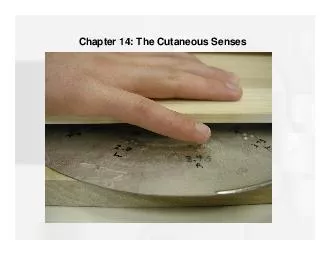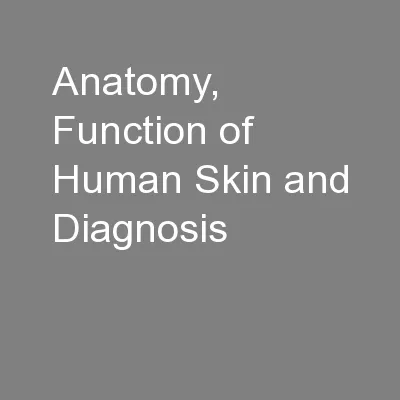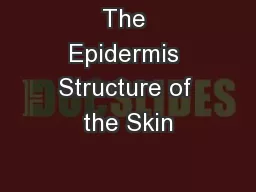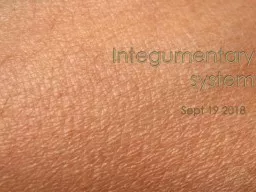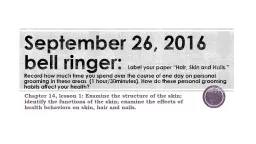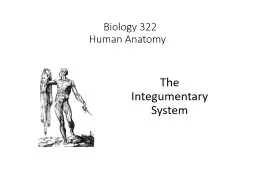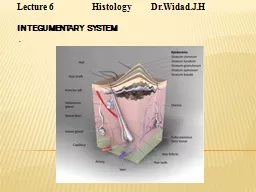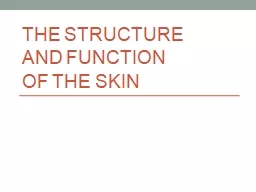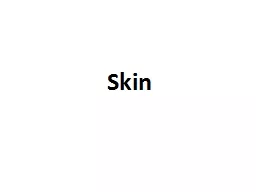PDF-Chapter The Cutaneous Senses Cutaneous System Skin heaviest organ in the body Epidermis
Author : conchita-marotz | Published Date : 2015-03-11
brPage 3br Mechanoreceptors Merkel receptor diskshaped receptor located near the border betwe en the epidermis and dermis Meissner corpuscle stack of flattened disks
Presentation Embed Code
Download Presentation
Download Presentation The PPT/PDF document "Chapter The Cutaneous Senses Cutaneous..." is the property of its rightful owner. Permission is granted to download and print the materials on this website for personal, non-commercial use only, and to display it on your personal computer provided you do not modify the materials and that you retain all copyright notices contained in the materials. By downloading content from our website, you accept the terms of this agreement.
Chapter The Cutaneous Senses Cutaneous System Skin heaviest organ in the body Epidermis: Transcript
Download Rules Of Document
"Chapter The Cutaneous Senses Cutaneous System Skin heaviest organ in the body Epidermis"The content belongs to its owner. You may download and print it for personal use, without modification, and keep all copyright notices. By downloading, you agree to these terms.
Related Documents

